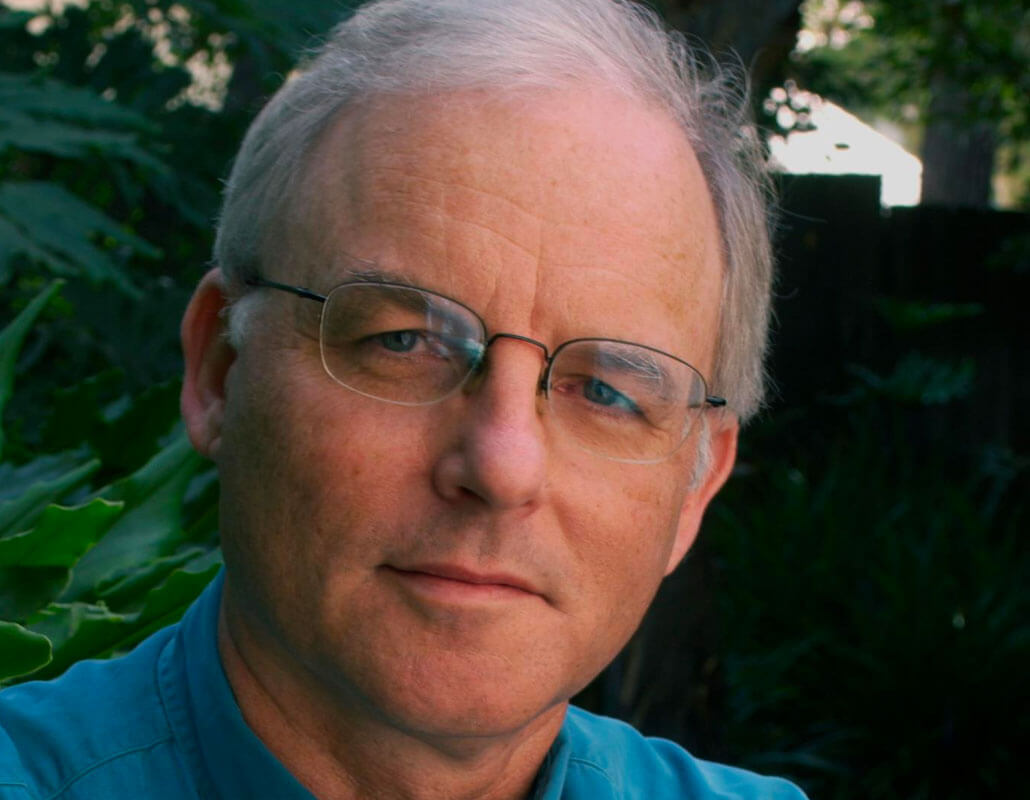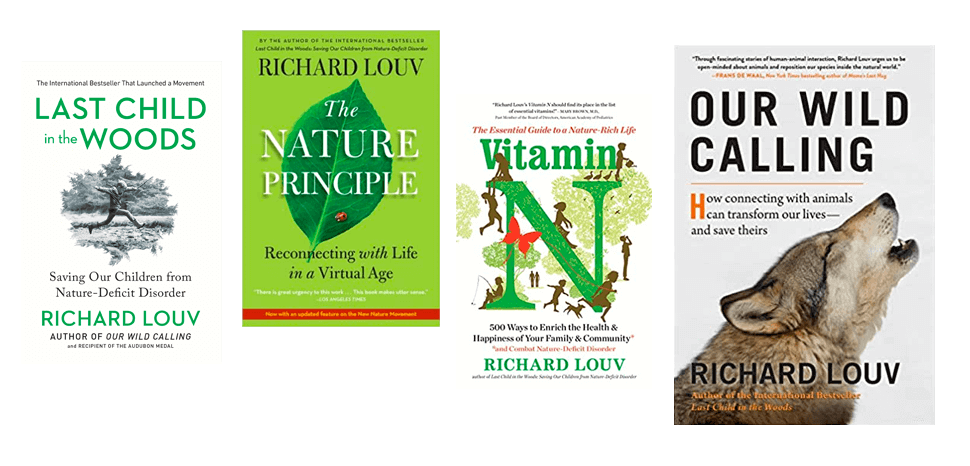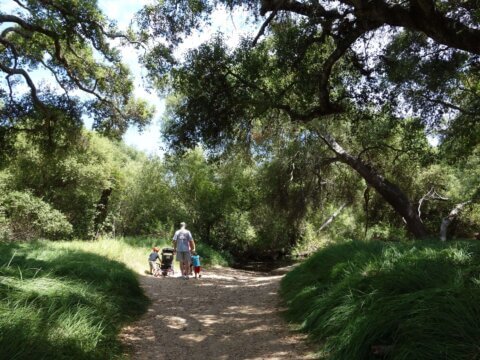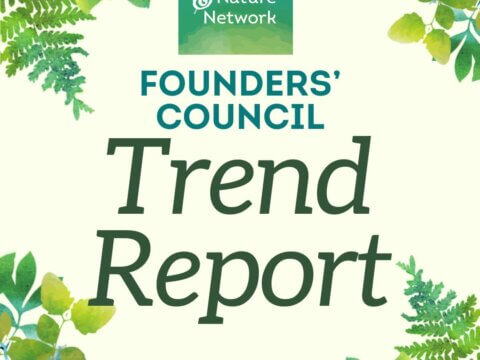THE “VITAMIN N” PRESCRIPTION – Some health professionals now recommending nature time for children and adults
In 2009, Janet Ady of the U.S. Fish and Wildlife Service stood before a crowd of grassroots leaders gathered by the Children & Nature Network. She held up an outsized pharmacy bottle. Within the bottle was a physician’s prescription – one that would be as appropriate for adults as it would be for children.
The contents of the medicine bottle included a variety of information, including a Web address to National Wildlife Refuges, a guide to animal tracks, Leave No Trace tips, a link to information on planting native vegetation to help bring back butterfly and bird migration routes, a Power Bar and other items – including a temporary tattoo of migratory birds.
The label read: Directions: Use daily, outdoors in nature. Go on a nature walk, watch birds and observe trees. Practice respectful outdoor behavior in solitude or take with friends and family. Refill: Unlimited. Expires: Never.
Here’s a cost-effective way to improve the health of children and adults. An expanding body of primarily correlative scientific evidence points in a single, common-sense direction: Getting children outside can be good for their health. And getting them outside in nature may well offer special benefits.
Contact with the natural world appears to significantly reduce symptoms of attention deficit disorder in children as young as five. Nearby nature, and even a view of nature from a bedroom window, can reduce stress in children. Spending time outdoors may help prevent myopia.
Natural environments, such as parks, foster recovery from mental fatigue and may help children as well as adults learn. Green exercise may offer added benefits when compared to equal exertion in indoor gyms. In hospitals, clinics and medical offices, incorporating nature into the design helps people of all ages reduces stress, improves health and cognition. What if our schools, homes, workplaces and cities were designed with such natural benefits in mind?
Within the health professions, interest in the nature prescription is already growing. Healing gardens on hospital grounds are now popular. Dr. Daphne Miller, a general practitioner in Noe Valley, California., envisions nature prescriptions as part of the burgeoning field of integrated medicine. “Nature is another tool in our toolbox,” says Miller, who, in addition to her medical practice, is associate clinical professor in the Department of Family and Community Medicine, University of California, San Francisco. She also believes that park rangers can, in effect, become para-health professionals.
So can whole park districts. Santa Fe, New Mexico, in an effort to fight the high rate of diabetes there, launched its Prescription Trails program, which is partially funded by the Centers for Disease Control and Prevention. Besides trail time, physicians can refer their patients to a trail guide. In 2010, a pilot program in Portland, Oregon, began pairing physicians with park professionals, who will record whether the outdoor prescriptions are fulfilled; the park prescription program will be part of a longitudinal study to measure the effect on health.
By applying what I call the Nature Principle, city planners, developers, architects, educators and many other professionals could improve the nation’s health. But pediatricians have taken the first steps. They play an especially powerful role.
Any parent whose child has ever been sick – which means all of us – has deep respect, even love, for the pediatricians and other pediatric health providers in their lives.
It’s one thing to put our trust for our own lives in a doctor’s hands; it’s quite another thing when the lives at stake are our children’s. The gift pediatricians give us is much more than their technical knowledge. They give us their kindness and wisdom. They calm our fears. By prescribing time in the natural world, pediatricians and pediatric nurse practitioners can improve children’s physical and psychological health, their ability to learn, their capacity for wonder – their ability to feel fully alive in a very real world – for generations to come.
This column was originally published by Citiwire.net. Citiwire columns are not copyrighted and may be reproduced in print or electronically; please show authorship, credit Citiwire.net and send an electronic copy of usage to webmaster@citiwire.net.
-
Network News
POLICY UPDATE: Policy and advocacy for the children and nature movement
-
Voices
Binoculars, bald eagles and my journey as a Black birder
-
Richard Louv
THE WONDER BOWL: Ten Spring and Summer Nature Activities for Kids and Adults
-
Network News
Minneapolis Spotlight: The promise and possibilities of parks for youth
-
Voices
Why nature is my motherhood ally







Commentaries on the C&NN website are offered to share diverse points-of-view from the global children and nature movement and to encourage new thinking and debate. The views and opinions expressed are those of the author(s) and do not necessarily reflect the position of C&NN. C&NN does not officially endorse every statement, report or product mentioned.